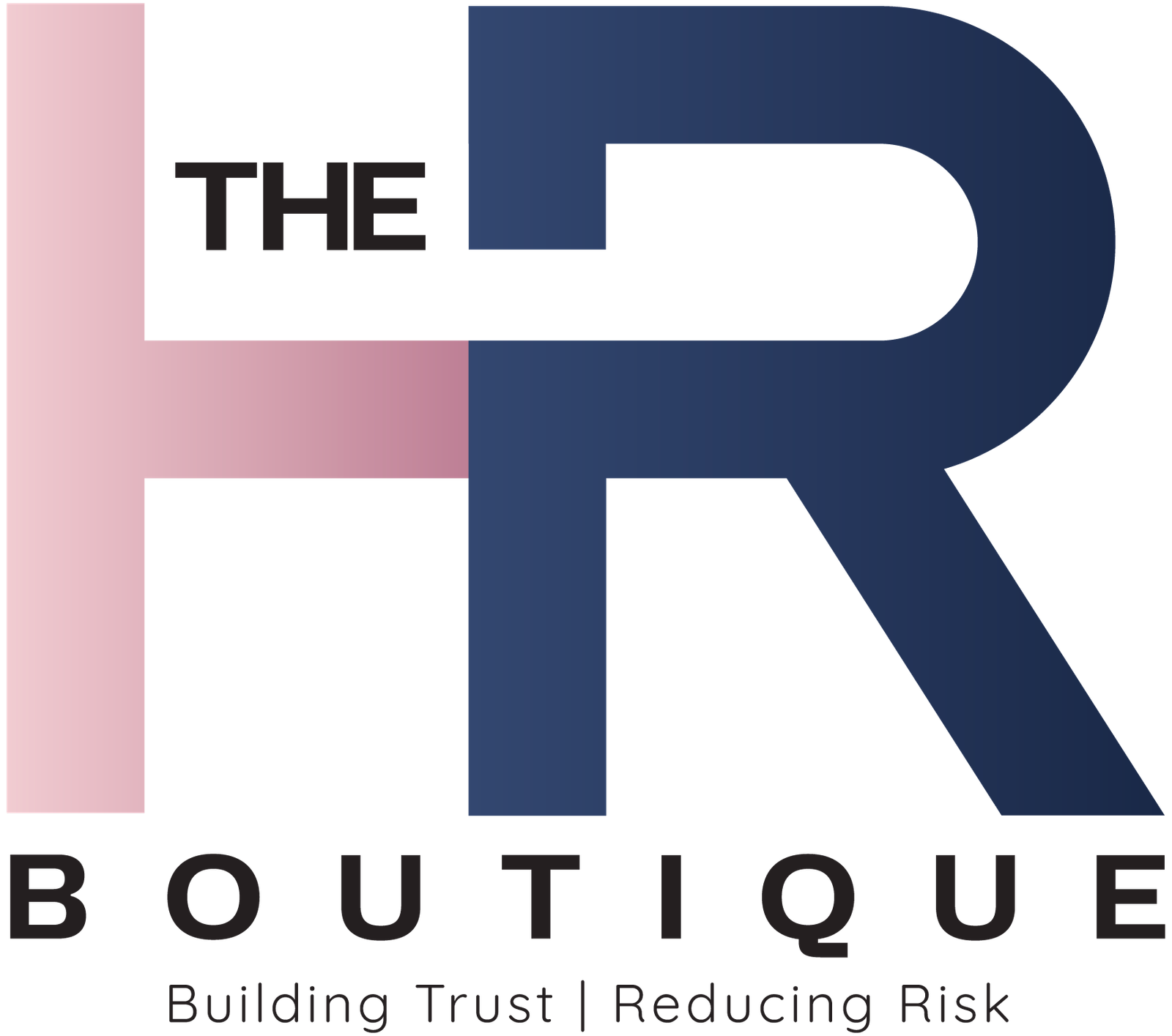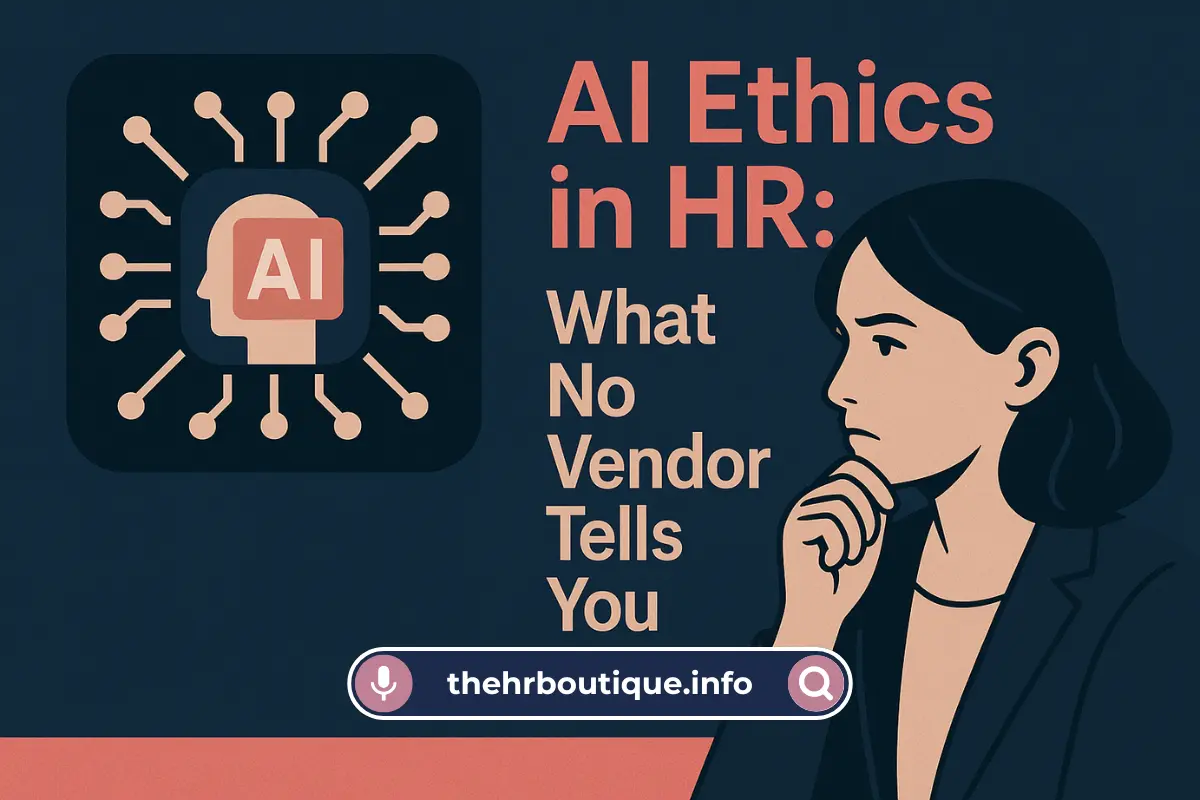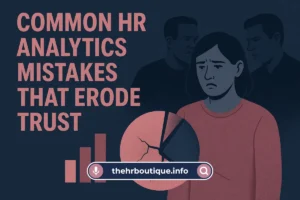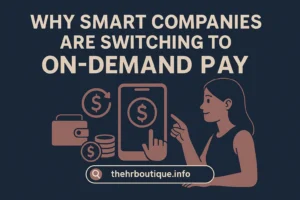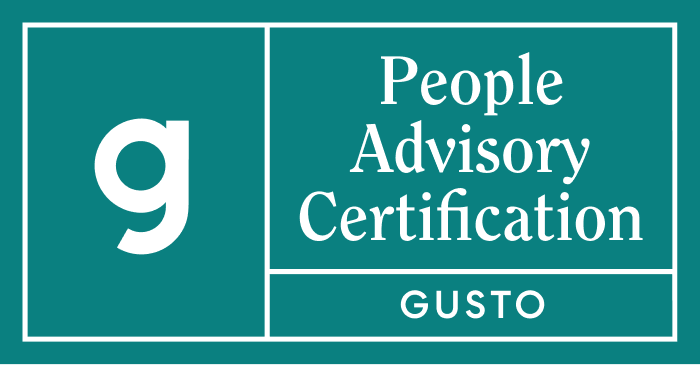Let me tell you about the day our fancy new AI hiring tool almost got me fired.
We’d just rolled out this “revolutionary” recruitment platform that promised to eliminate bias. The sales rep swore it would help us find perfect candidates faster than ever. Then our best department manager—a Black woman who’d been with the company for 15 years—applied for an internal promotion.
The AI rejected her instantly.
When we dug into why, we discovered the system had been trained on performance data from managers who were mostly white men in their 40s. It didn’t know what to do with her leadership style—more collaborative, less hierarchical. The algorithm literally couldn’t recognize excellence that didn’t match its narrow template.
This is the dirty secret no AI vendor will tell you: These systems don’t eliminate bias. They automate it at scale.
Why HR Needs to Get Its Hands Dirty?
I’ve learned the hard way that you can’t just install AI ethics like a software update. It’s daily, messy work. Here’s what actually moves the needle:
1. Become the Office AI Whisperer
Last quarter, I sat through 12 hours of engineering meetings just to understand how our employee monitoring AI makes “productivity” calculations. Turns out it was penalizing parents who logged off at 5 PM to pick up kids, while rewarding workaholics who sent emails at 2 AM.
Key questions I now ask about every AI tool:
- What human flaws are baked into your training data?
- How often does it make WTF decisions? (They all do)
- Where’s the override button when it screws up?
2. Build a “Red Team” of Misfits
We formed what I call our “AI Truth Squad”—a rotating group of frontline employees from different backgrounds who stress-test every new system.
Our most valuable member? A 58-year-old warehouse supervisor who constantly asks, “But why would the computer think that?” His naive questions expose more flaws than any ethics checklist.
3. Create an AI Incident Playbook
After that promotion disaster, we now have a clear protocol when AI messes up:
- Immediately pause the system (yes, even if it’s “business critical”).
- Notify affected employees personally (no corporate BS).
- Document everything for regulators (because they will come knocking).
The Human Stuff AI Will Never Get
What keeps me up at night isn’t the technology—it’s how quickly we forget what work is really about. No algorithm will ever understand:
- That quiet employee who struggles in meetings but writes brilliant code.
- The single mom who needs flexible hours but delivers exceptional work.
- The veteran whose resume gaps tell a story of service, not unreliability.
Your Action Plan (From Someone Who’s Been Burned)
- Demand the training data (then look for what’s missing).
- Install human circuit breakers (automatic shutdown triggers for bad decisions).
- Track AI mistakes like workplace injuries (because they cause real harm).
- Fight for a seat at the tech buying table (no more IT making solo decisions).
The Bottom Line
AI isn’t coming for HR’s job. It’s coming for HR’s conscience. Every day, we choose whether to be passive implementers or fierce protectors of what makes work human.
After that promotion fiasco, we made the vendor rebuild their model. But here’s the uncomfortable truth—we only caught it because the candidate was someone we knew. How many invisible candidates get silently filtered out every day?
That’s why I’ve started every AI meeting since with the same question: “Who might this system fail today?” The silence that follows tells me everything.
Your turn: Caught an AI system being dumb lately? I’ll trade you war stories over LinkedIn—look me up. No vendors allowed, just real people dealing with this mess.
